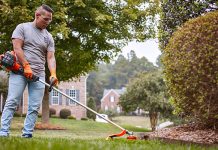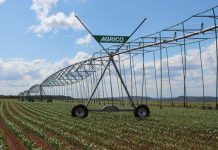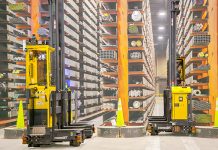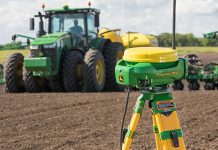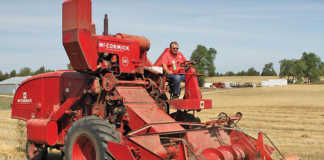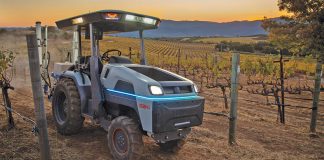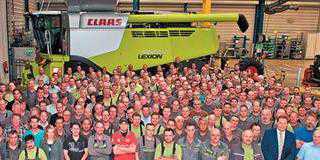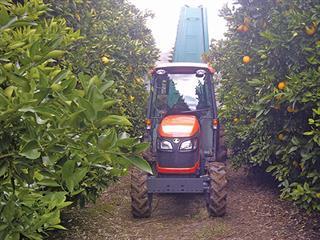
When buying a tractor, the average South African farmer tends to be guided by price and fails to consider the cost of ownership over the lifespan of the tractor, says Mike Heath of Kutoba SA. “Productivity over the entire service life of the tractor, and not the initial capital cost, is the most important factor. This is influenced by, among other things, tractor quality and operator comfort and safety,” he explains.
Operator safety is especially important when the tractor is used for spraying.
The problem, explains Heath, is that while the cabs on most imported tractors are built to international safety standards, many locally made cabs, built mainly with cost in mind, do not comply. When evaluating a cab, the factors to consider are safety, visibility, sound levels, climate control, layout of the controls, operator space and, most importantly, air filtration.
“Even though a world-class cab may be more expensive initially, the extra productivity gained through a safe, comfortable work environment greatly outweigh this expense over the lifetime of the tractor,” explains Heath. Put simply, he adds, a poorly built and equipped cab is bad for business.
For orchards and vineyards
The M8540N has a Kubota E-CDIS engine rated at 64kW with 57kW available at the PTO, making it ideal for operating large sprayer and mist blower units in orchards and vineyards. The short wheelbase ensures that it is highly manoeuvrable. The transmission is a 10 F&R synchro-shuttle with a multiple wet- disc clutch. It also has a live independent PTO and mechanical multi-disc wet brakes. The comfortable cab has many important features that meet international farming safety standards.


